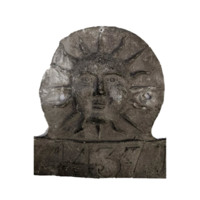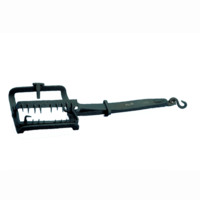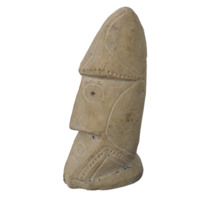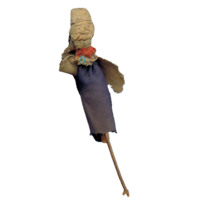Guarding Possessions


Bees and beehives have been an important part of people's livelihoods for centuries. This image comes from the Aberdeen Bestiary.
The value placed on a possession is created through a combination of personal importance and monetary value. Personal importance might stem from practical circumstances, such as protecting one's livelihood, to sentiment and nostalgia. We protect possessions because they help trigger memories of the past and tell us, and others, who we are and who we have been. Possessions have become especially useful in cases of Alzheimer's as they can act as a vital link to the self.
Individuals can protect their valuables themselves using items such as traps, locks or fences, while spiritual items can be used to defend possessions through shared belief. Another communal institution is insurance, as individuals are not left to deal with a risk themselves. Money is paid in overtime to secure assistance from a company in the event of future damage. While insuring items does not physically stop an object from being damaged, recuperating the monetary value of the item can protect people’s livelihoods.
Gallery
Click on an image to view full size.


Insurance badge
1803
High Street, Old Aberdeen, Scotland
Before there was a public fire brigade, plaques like this were placed clearly on the outside of buildings to mark that the property was insured, and by whom. These insurers would provide their own brigade to combat fires. A replica of this badge can still be seen today on a building in the Old Aberdeen High Street.

Man trap
1800-1900
Fyvie, Aberdeenshire, Scotland
These mechanical devices were used by landowners to catch poachers. The jaws of the trap were set open and when sprung they snapped shut, trapping the poacher’s leg inside. Man traps were used by those who wanted to protect the resources on their land, such as pheasants and rabbits, from the rural poor who had lost their own farms when shared fields were enclosed.

Weather charm
1800-1920
Vanuatu
Vanuatu sits along a volatile seismic strip called the ‘Ring of Fire’ in the Pacific Ocean. This makes it susceptible to natural disasters, such as tsunamis, earthquakes and volcanic eruptions, alongside having a tropical cyclone season. It is likely that this charm was carved to protect someone’s home or livelihood from violent weather.

Scaredevil
Early 1900s
Greece
A beehive brought wealth and resources to its owner. Sent by covetous glances or drawn to success, the Evil Eye was believed to be a product of jealousy and the Devil. Scaredevils like this one kept the Evil Eye away from hives. The scaredevil protected the bees and by extension, the livelihood of the beekeeper.
